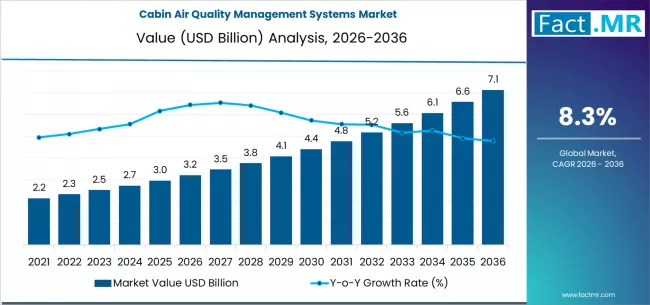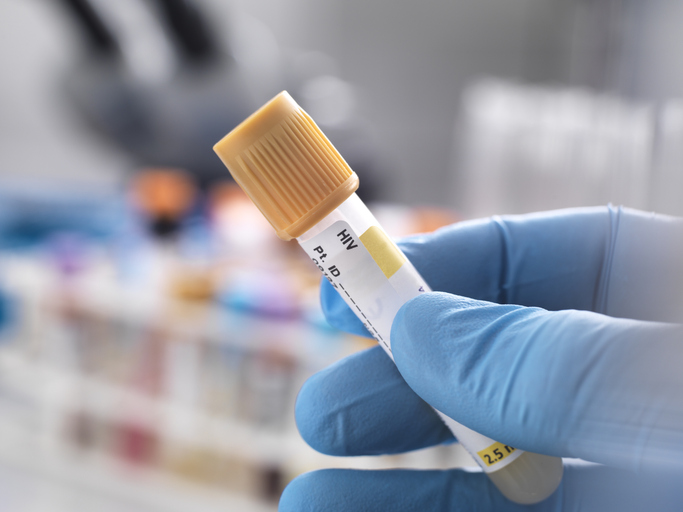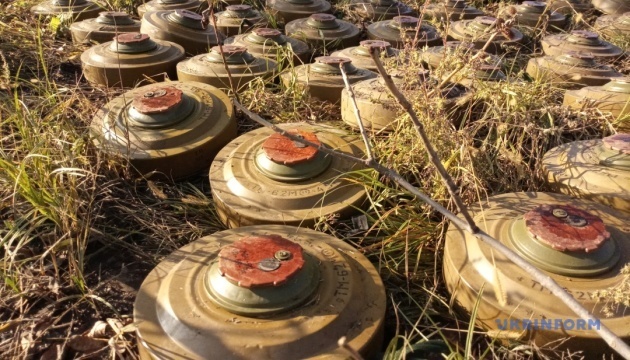Build resilient infrastructure, promote sustainable industrialization and foster innovation
The UN explains: Investments in infrastructure – transport, irrigation, energy and information and communication technology – are crucial to achieving sustainable development and empowering communities in many countries. It has long been recognized that growth in productivity and incomes, and improvements in health and education outcomes require investment in infrastructure.
The UN has defined 8 Targets and 12 Indicators for SDG 9. Targets specify the goals and Indicators represent the metrics by which the world aims to track whether these Targets are achieved. Below we quote the original text of all Targets and show the data on the agreed Indicators.
How is the world doing on this goal?
Target 9.1: Develop sustainable, resilient and inclusive infrastructures
UN definition: Develop quality, reliable, sustainable and resilient infrastructure, including regional and transborder infrastructure, to support economic development and human well-being, with a focus on affordable and equitable access for all.
Road access for rural populations
Definition: Indicator 9.1.1 is the proportion of the rural population who live within 2 km of an all-season road.
Goal: Develop quality, reliable, sustainable and resilient infrastructure, including regional and transborder infrastructure, with a focus on affordable and equitable access for all by 2030.
Passenger and freight volumes
Definition: Indicator 9.1.2 is Passenger and freight volumes, by mode of transport.
International air passenger numbers, railway passenger-kilometres and air freight ton-kilometres indicators by country are available.
Goal: Develop quality, reliable, sustainable and resilient infrastructure, including regional and transborder infrastructure by 2030.
More research: Further data and research on these topics are available at the Our World in Data entries on International Trade and Tourism.
Target 9.2: Promote inclusive and sustainable industrialization
UN definition: Promote inclusive and sustainable industrialization and, by 2030, significantly raise industry’s share of employment and gross domestic product, in line with national circumstances, and double its share in least developed countries.
Manufacturing value
Definition: Indicator 9.2.1 is manufacturing value added as a proportion of GDP and per capita.
This indicator measures the manufacturing sector's contribution to a country's total gross domestic product (GDP). Value added is the net output of a sector after adding up all outputs and subtracting intermediate inputs in manufacturing production.
Goal: By 2030, significantly raise industry’s share of employment and gross domestic product, in line with national circumstances, and double its share in least developed countries.
Manufacturing employment
Definition: Indicator 9.2.2 is manufacturing employment as a proportion of total employment.
This indicator measures the manufacturing sector's employment as a share of the country's total employment. Employment refers to all persons of working age who, during a specified brief period, were in paid employment (whether at work or with a job but not at work) or in self-employment (whether at work or with an enterprise but not at work).
Goal: By 2030, significantly raise industry’s share of employment and gross domestic product, in line with national circumstances, and double its share in least developed countries.
Target 9.3: Increase access to financial services and markets
UN definition: Increase the access of small-scale industrial and other enterprises, in particular in developing countries, to financial services, including affordable credit, and their integration into value chains and markets.
Value of small-scale industry
Definition: Indicator 9.3.1 is the proportion of small-scale industries in total industry value added.
Goal: Increase the access of small-scale industrial and other enterprises, in particular in developing countries, to value chains and markets by 2030.
Small-scale industries with affordable credit
Definition: Indicator 9.3.2 is the proportion of small-scale industries with a loan or line of credit.
Goal: Increase the access of small-scale industrial and other enterprises, in particular in developing countries, to financial services, including affordable credit by 2030.
Target 9.4: Upgrade all industries and infrastructures for sustainability
UN definition: By 2030, upgrade infrastructure and retrofit industries to make them sustainable, with increased resource-use efficiency and greater adoption of clean and environmentally sound technologies and industrial processes, with all countries taking action in accordance with their respective capabilities.
CO2 emissions per unit value added
Definition: Indicator 9.4.1 is CO2 emissions per unit of value added.
This indicator is a measure of carbon intensity; it reports the quantity of carbon dioxide emissions generated per unit of economic value (kilograms of CO2 emitted per dollar of GDP).
Goal: By 2030, upgrade infrastructure and retrofit industries to make them sustainable, with increased resource-use efficiency and greater adoption of clean and environmentally sound technologies and industrial processes.
More research: Further data and research on these topics are available at the Our World in Data entry on CO2 and other Greenhouse Gas Emissions.
Target 9.5: Enhance research and upgrade industrial technologies
UN definition: Enhance scientific research, upgrade the technological capabilities of industrial sectors in all countries, in particular developing countries, including, by 2030, encouraging innovation and substantially increasing the number of research and development workers per 1 million people and public and private research and development spending.
Research and Development (R&D) spending
Definition: Indicator 9.5.1 is research and development expenditure as a proportion of GDP.
This indicator measures expenditure on research and development (R&D) activities as a percentage of total gross domestic product (GDP) of a given country.
Expenditures for research and development are current and capital expenditures (both public and private) on creative work undertaken systematically to increase knowledge, including knowledge of humanity, culture, and society, and the use of knowledge for new applications. R&D covers basic research, applied research, and experimental development.
Goal: Enhance scientific research, upgrade the technological capabilities of industrial sectors in all countries, in particular developing countries, including, by 2030, substantially increasing public and private research and development spending.
Researchers per million inhabitants
Definition: Indicator 9.5.2 is the number of researchers (in full-time equivalent) per million inhabitants.
Researchers in R&D are professionals engaged in the conception or creation of new knowledge, products, processes, methods, or systems and in the management of the projects concerned. Postgraduate PhD students engaged in R&D are included.
Goal: Enhance scientific research, upgrade the technological capabilities of industrial sectors in all countries, in particular developing countries, including, by 2030, substantially increasing the number of research and development workers per 1 million people.
Target 9.A: Facilitate sustainable infrastructure development for developing countries
UN definition: Facilitate sustainable and resilient infrastructure development in developing countries through enhanced financial, technological and technical support to African countries, least developed countries, landlocked developing countries and small island developing States.
Development assistance for infrastructure
Definition: Indicator 9.A.1 is the total official international support (official development assistance plus other official flows) to infrastructure.
This indicator measures total official development assistance (ODA) from all donors to infrastructure, measured as constant US$ received per recipient country.
Goal: Facilitate sustainable and resilient infrastructure development in developing countries through enhanced financial, technological and technical support to African countries, least developed countries, landlocked developing countries and small island developing States by 2030.
Target 9.B: Support domestic technology development and industrial diversification
UN definition: Support domestic technology development, research and innovation in developing countries, including by ensuring a conducive policy environment for, inter alia, industrial diversification and value addition to commodities.
Medium and high-tech industry
Definition: Indicator 9.B.1 is the proportion of medium and high-tech industry value added in total value added.
This indicator measures the share of a country's manufacturing value added which is derived from medium to high-tech industry outputs. Higher values indicate that a country's industrial sector is more focused on high-tech and innovation products.
Goal: Support domestic technology development, research and innovation in developing countries, including by ensuring a conducive policy environment for, inter alia, industrial diversification and value addition to commodities by 2030.
Target 9.C: Universal access to information and communications technology
UN definition: Significantly increase access to information and communications technology and strive to provide universal and affordable access to the Internet in least developed countries by 2020.
Development assistance for infrastructure
Definition: Indicator 9.C.1 is the proportion of population covered by a mobile network, by technology.
There are two technology types featured for this indicator: the number of mobile cellphone subscriptions (per 100 people), and the share of a given population using the internet (on any device).
Goal: Strive to provide universal and affordable access to the Internet in least developed countries by 2020.
Unlike most SDG targets which are set for the year 2030, this indicator is set for 2020.
More research: Further data and research on these topics are available at the Our World in Data entries on Internet and Technology Diffusion & Adoption.
Additional charts:
Mobile phone subscriptions by country
Internet users by country





























































